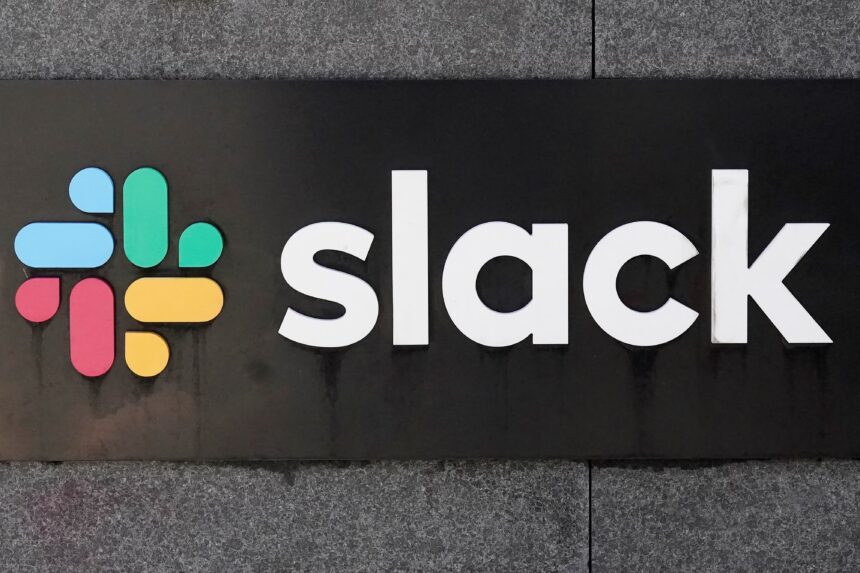Slack, the messaging platform that has become a cornerstone of workplace communication, is currently facing a major outage, leaving businesses worldwide struggling to stay connected. The disruption has rendered key features inoperable, preventing users from logging in, sending messages, and accessing essential workspaces. The outage has created widespread frustration, forcing companies to seek alternative communication methods while waiting for a resolution.
What’s Happening & Why This Matters
The issue was first detected early in the morning, with reports quickly surfacing from users unable to access their accounts. By mid-morning, messages failed to send, channels became unresponsive, and entire teams were left in limbo. The outage has affected millions of daily users, including businesses that rely on Slack for project management, internal collaboration, and real-time messaging. Companies using Slack for customer support, remote work coordination, and team discussion are particularly feeling the impact.
Salesforce-owned Slack acknowledged the outage in a status update, confirming that it was investigating the cause and working to restore service. However, no timeline for resolution was provided. Users took to X (formerly Twitter) to vent their frustration, with hashtags like #SlackDown trending globally. Some businesses have attempted to work around the issue by shifting to Microsoft Teams, Google Chat, and Zoom. In contrast, others have resorted to old-fashioned email chains to keep communication flowing.
The outage poses questions about Slack’s reliability, especially considering its widespread adoption across industries. The platform is critical in modern business operations, with approximately 38.8 million daily active users and 750,000 organizations, including 77% of Fortune 100 companies. When it fails, the consequences are immediate. Delayed responses, missed deadlines, and disrupted workflows have left many companies questioning whether they need a backup solution.

This isn’t the first time Slack has gone down, but repeated outages are beginning to test users’ patience. Businesses are now re-evaluating their dependence on a single platform for internal communication. Some organizations are considering hybrid solutions incorporating multiple collaboration tools to avoid being left in the dark when Slack goes offline.
At the moment, Slack engineers are still working on a fix. No official estimate for complete restoration is known. In the meantime, companies are adapting as best they can while users keep refreshing their browsers, hoping to see their messages finally go through.
TF Summary: What’s Next
Outages for any company are a reputational hit. For Slack, businesses may start looking at alternative communication tools if the platform doesn’t prove to be more stable. With growing concerns about service reliability, competitors like Microsoft Teams, Discord, and Google Chat could benefit if Slack doesn’t resolve these recurring issues quickly.
— Text-to-Speech (TTS) provided by gspeech


